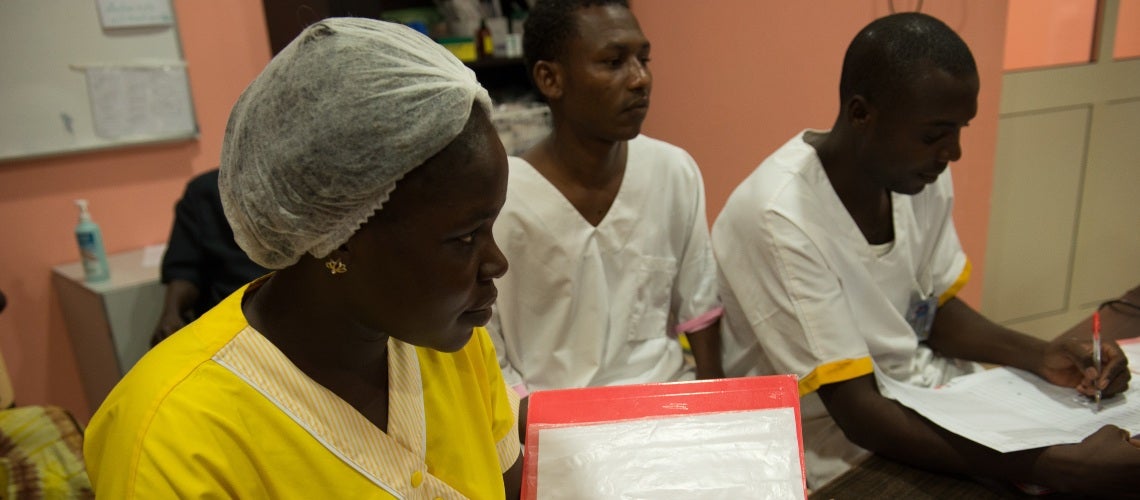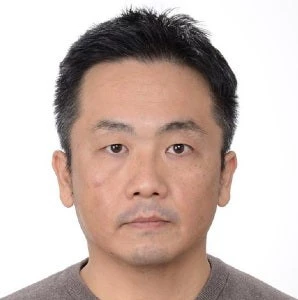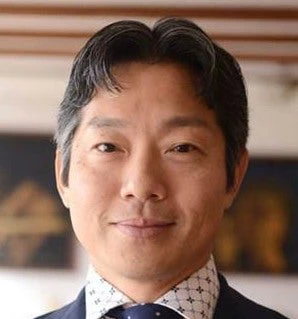 The education and training sector can help address the global nurse shortage by training qualified nurses and strengthening pre-service and continuous professional training. Photo: Arne Hoel/World Bank.
The education and training sector can help address the global nurse shortage by training qualified nurses and strengthening pre-service and continuous professional training. Photo: Arne Hoel/World Bank.
The shortage of health care workers has been exacerbated by the COVID-19 pandemic. According to the WHO, there were 27.9 million nurses globally in 2020, making up nearly 60 percent of the health professions and the largest occupational group in the health sector. However, there is an estimated shortage of up to 13 million nurses around the world. The world would need millions more nurses to achieve Sustainable Development Goal (SDG) target 3.c on health financing and workforce.
Even before the pandemic, the global shortage of nurses was estimated at 5.9 million. With the COVID-19 driven increase in demand for nurses, the issue of nurse shortages has become even more urgent in all countries. To make things worse, an increasing number of nurses are expressing their intention to leave the profession due to heavy workloads, insufficient resources, burn out and stress related to COVID-19. Despite the considerable challenges that COVID-19 has brought to the health profession, this crisis may provide an opportunity to improve the preparedness of the nursing workforce for future crises and disasters.
Meeting the demand for quality health care workers
Tertiary education and technical and vocational education and training (TVET) systems around the world are struggling to meet the increase in demand for quality health care workers. Indeed, the health care worker shortage is not the only challenge. There is also the issue of preparing effective doctors and nurses who can provide a high standard of care. Existing tertiary education and TVET systems in low- and middle-income countries are still struggling to establish mechanisms that can assure quality health care education and training. For instance, in the case of Eastern, Central, and Southern Africa, there is not only a shortage of facilities, but also of a robust quality assurance framework. The education and training of nurses calls for a revision of the curricula, an improvement of the training infrastructure, and addressing faculty shortages.
The education and training sector can help prepare qualified nurses by strengthening pre-service and continuous professional training, which builds up resilient health systems. Effective tertiary education sectors help ensure that countries have well-trained nurses and doctors who are the main actors of an effective health service delivery system. TVET systems play a critical role in securing essential service sector jobs such as nurses to mitigate the impact of the COVID-19 pandemic. Strengthening the health care workforce is crucial to reinforce health system resilience.
The education and training sector, partnering with the health sector, can contribute to improving the training of nurses in many ways. For instance, the higher education and health sectors can collaborate in preparing competency-based training curricula to help improve the quality of the health workforce. Moreover, the accreditation of educational institutions and the regulation of health worker practice are core mechanisms to ensure the quality and sustainability of the health workforce, which is essential to the achievement of Universal Health Coverage (UHC). To improve quality assurance and skills portability, health care system could develop and scale-up professional standards for health care practice and certification mechanisms (global, regional, and country-level) to assess these standards, so that nurses and doctors can use their skills across borders.
The World Bank has been supporting nurse education and training and accumulating global knowledge by investing over $5 billion in tertiary education and skills training in more than 50 countries. (Including analytical engagement, the World Bank supports over 80 countries in total.) Countries are encouraged to strengthen their tertiary education systems to build the professional expertise necessary to steer public and private sector development; and to produce the doctors, nurses, teachers, scientists, and managers, among others, needed to support their growing economies.
In the area of nursing, the World Bank has supported the improvement in the quality of nursing education in Vietnam, particularly through adoption of IT. Together with the KfW, the World Bank is supporting the pre-service education system for nurses and other health professionals in Cambodia. Moreover, the World Bank has also facilitated the establishment of the evidence-base to inform future work in this area, including those associated with nurses in Eastern, Central and Southern Africa, health workers’ mobility in Eastern Europe and Central Asia, nurse workforce in the Eastern Caribbean, a labor market assessment of nurses and physicians in Saudi Arabia, and the future of medical work in Lesotho and South Africa.
Additional investment still needed
Significant additional investments are still required at the country, regional and global level. International development institutions need to continue developing new insights and promoting innovative approaches at all levels.
What can we do to build on existing efforts? One approach is to leverage existing efforts to improve the development of the health care workforce by accumulating country, regional and global knowledge, developing global public goods, and adapting them to the local context (e.g., Generation’s online training for health care workers). Training observation tools, training capacity and needs assessment tools, templates for training curricula and program development, and knowledge packs are good examples of instruments to help train health workers. We should explore options that help to bring the science of adult learning in designing activities to upskill and reskill. We can also draw lessons from other thematic areas in education on the design, development and implementation of global public goods such as classroom observation tools under the TEACH program. In parallel, we should also continue to provide financial and technical support at the country and regional level, with global public goods being fully used, by customizing in country and regional contexts.
We also need to take full advantage of practical, promising, and innovative approaches to increase access and quality of nursing training. For instance, to attract students to the nursing field, some countries are establishing scholarships programs for health care workers that commit to serve after obtaining their degree. Developing nursing skills is not easy as it requires the availability of laboratories, hospitals, and equipment – which is often costly to acquire and maintain and expose students and nurses to risks. Many universities globally are investing in virtual laboratories to develop nursing skills more cost-effectively. The use of virtual reality training has shown great potential within the field of health, especially in nursing, as it offers trainees the opportunity to practice several procedures in a safe environment and at a comparatively low cost.
Special thanks to Sanam Roder-DeWan and Kyoko Tokuda from health, nutrition, and population global practice (GP) for their insightful comments and smooth collaboration on the blog. The authors also extend their appreciation to colleagues from education, health, and social protection GPs for the discussions on the topic.



Join the Conversation